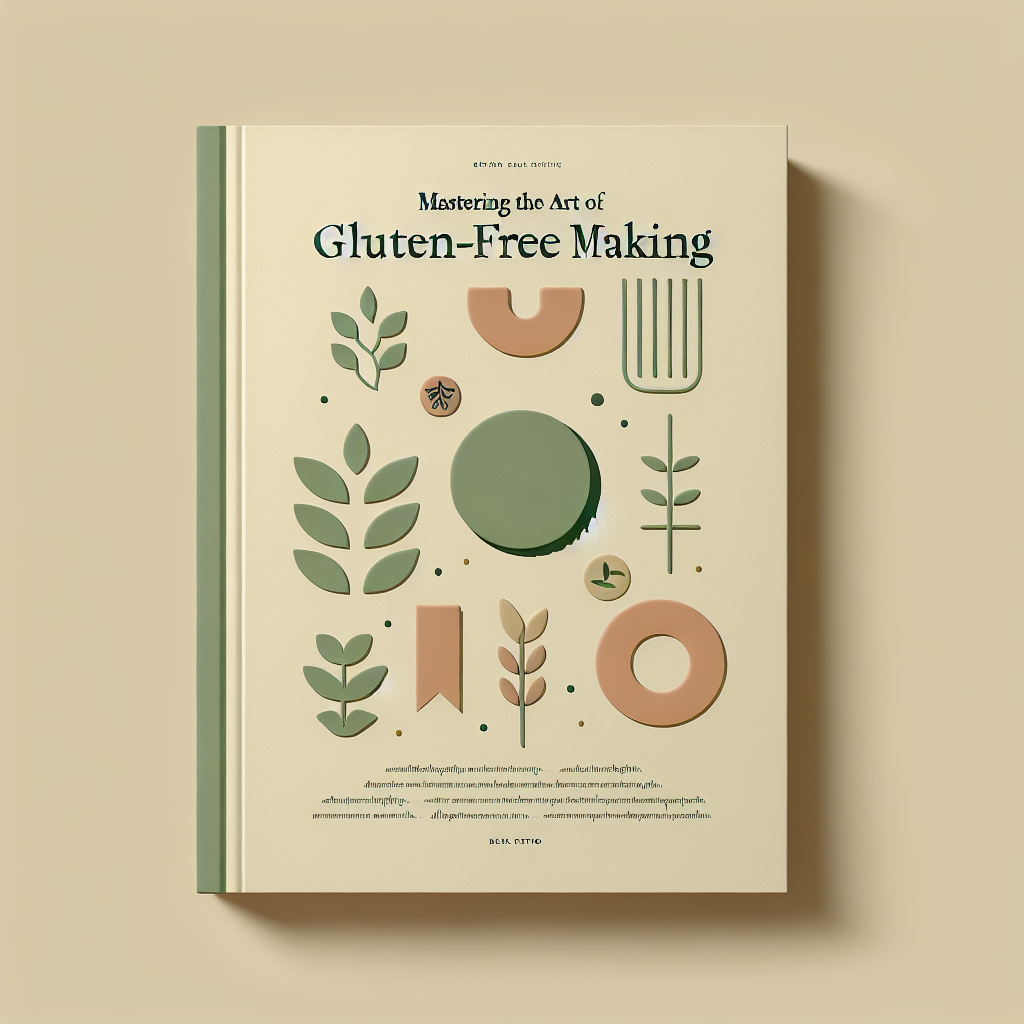Finding a balance between maintaining your gluten-free lifestyle and treating yourself to some delicious food that traditionally contain gluten can sometimes seem like a high-wire act. Especially when it comes to eating out or enjoying a celebratory meal at a loved one’s home, you might find yourself wondering, “What can I eat?”
Magic happens, however, when you find that perfect gluten-free substitute for a gluten-packed delicacy. That’s why today, we’re exploring the art and science of gluten-free pasta making. So, roll up your sleeves and dust off your pasta machine. If you don’t have one, don’t worry. We will discuss alternatives for you as well.
Before we dive in, if you are new to the gluten-free lifestyle or need a reminder of why it’s important for some to eliminate gluten from their diet, I’d suggest reading our post on [“Understanding Celiac Disease and Non-Celiac Gluten Sensitivity”](hyperlink1).
Now, let’s talk pasta. From the rolling hills of Tuscany to the cozy kitchens of nonnas everywhere, pasta holds a special place in the world’s culinary repertoire. But, as we all know, traditional pasta is a no-go in a gluten-free world. Or is it?
We will explore how gluten affects the texture and formation of regular pasta, so you understand what you’re up against. Then, we’ll discuss alternative gluten-free flours and their quirks, and finally, I’ll share a fail-safe recipe for gluten-free pasta that even a nonna would love.
So, let’s start with a crash course in pasta science. When you knead regular pasta dough, the gluten proteins in wheat flour form a strong, elastic network that gives the pasta its characteristic chewiness. The more you work that dough, the more the gluten develops, and the chewier your pasta will be. For more detail on this process, here is our in-depth article on [“The Role of Gluten in Baking and Cooking”](hyperlink2).
But if we remove gluten, what happens to our beloved pasta? Well, without gluten, it becomes challenging to achieve that familiar, al dente texture, and the dough can easily fall apart. This is where some smart substitutions come to our rescue.
There’s a whole world of gluten-free flours out there, from rice and corn to lentil and buckwheat. Each brings its own delights and difficulties. For example, while rice flour is often chosen for its neutral flavor and close resemblance to wheat flour, it can sometimes result in a gummy texture if overworked.
Buckwheat flour, on the other hand, adds a rich, nutty flavor but can produce a denser pasta. A mix of gluten-free flours often works best. In the recipe I’m about to share, we’re using a combination of cornflour for its lightness and brown rice flour for its wheat-like texture.
Here comes Claire’s Foolproof Gluten-Free Pasta Recipe!
You’ll need:
– 1 cup of cornflour
– 1 cup of brown rice flour
– 1 teaspoon of xanthan gum (this is our gluten substitute. It helps give our pasta dough elasticity and stickiness, mimicking the role of gluten.)
– 1 teaspoon of salt
– 4 large eggs
Instructions:
1. In a large bowl, mix both flours, xanthan gum, and salt.
2. Make a well in the center and crack your eggs into it.
3. Using a fork, start gently beating the eggs while gradually incorporating the flour until you have a rough dough.
4. Dust a clean surface with some brown rice flour and knead the dough until smooth and elastic. Be gentle, as the dough is more delicate than wheat-based dough.
5. Once you have a smooth ball of dough, wrap it in cling film and let it rest for 30min.
6. Now, you’re ready to shape your pasta! If you have a pasta machine, great! If not, a rolling pin and a sharp knife will work just fine.
Shape the dough according to your pasta machine’s instructions or using traditional ways. Boil your noodles in salty water until they float to the surface, which means they’re ready.
And there you have it, a homemade high-quality gluten-free pasta even an Italian nonna would proudly serve on Sunday afternoon!
Just remember, it might take a few tries to get your pasta just right. Gluten-free cooking requires patience and a willingness to experiment.
On that note, friends, I’m off to enjoy a delicious bowl of gluten-free fettuccine Alfredo. I hope this post encourages you to dive into the world of gluten-free pasta making. Trust me, it’s a journey well worth embarking upon.
**Category: Baking & Cooking Science**


